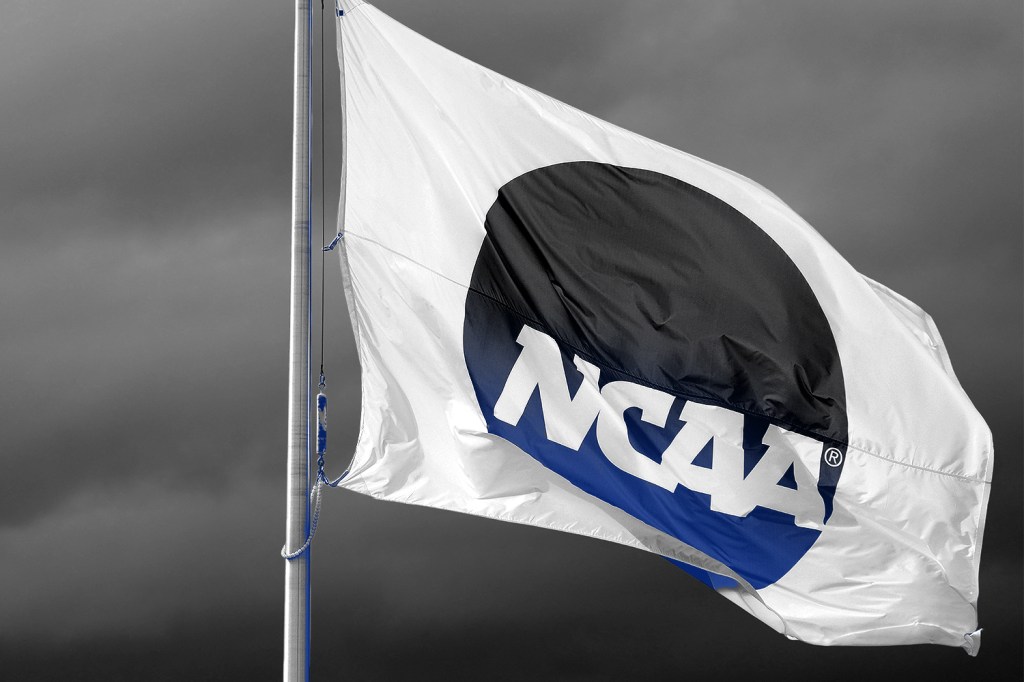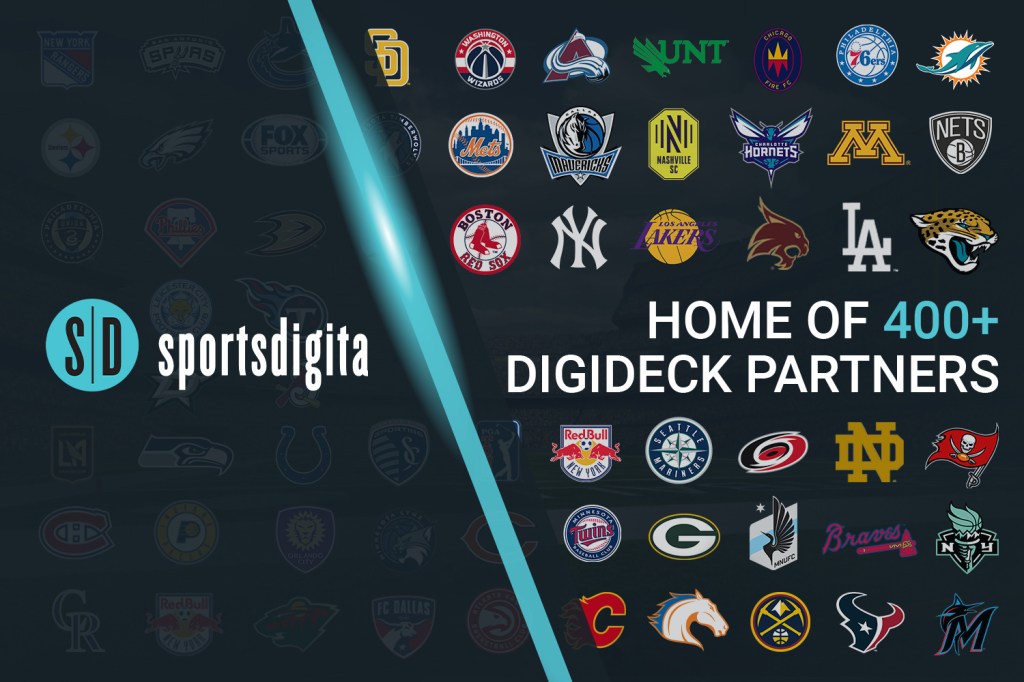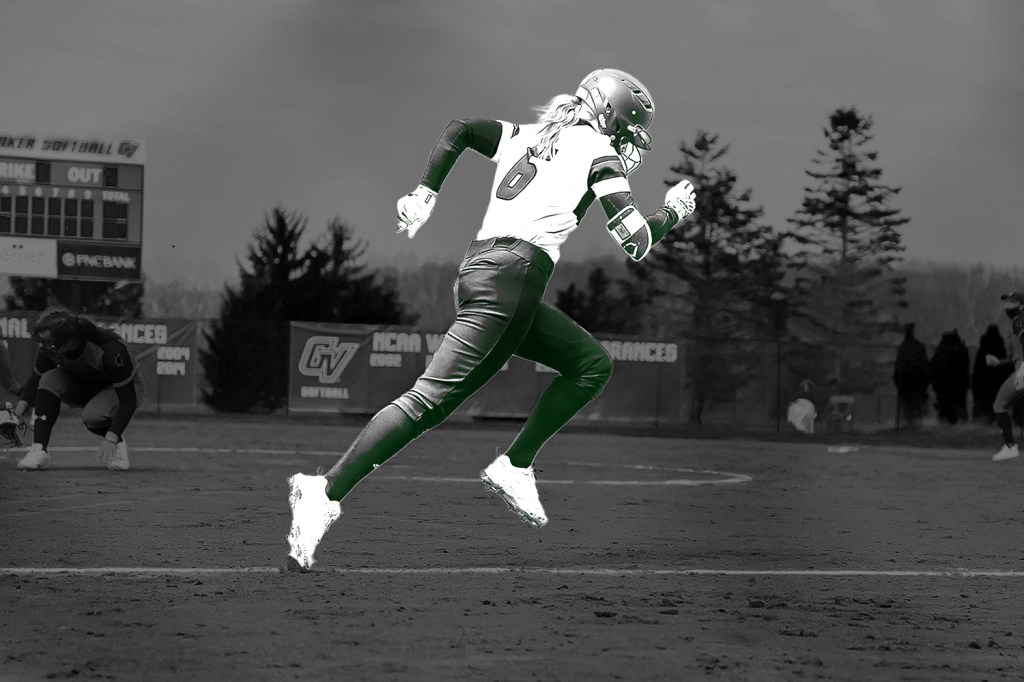On Monday, the NCAA finally announced its proposal for amending rules to allow athletes to profit off their NIL, and will vote to ratify it today — just one day before state NIL laws take effect.
And while the policy was expected and long overdue, it came with a twist. The NCAA said it will also ratify the proposal for Divisions II and III.
“We had an idea that there was a good chance it was going to happen by this fall,” D-II Grand Valley State Deputy AD of External Relations, Doug Lipinski, told FOS. But that may not have been the case for departments who weren’t paying as close attention.
“Now, you have to rally the troops.”
A Self-Protecting Policy
The NCAA was hoping that the Alston ruling would relieve it of antitrust scrutiny. Instead, the ruling did the opposite. So the governing body was forced to trash its previous NIL proposals, which would be subject to antitrust litigation because they’re so strict.
At the 11th hour, the NCAA wrote an “interim” policy until Congress bails it out with a uniform federal law. That policy does little more than restore athletes’ NIL rights in all states, whether states have passed NIL laws or not.
Unlike the previous proposal, this policy doesn’t say how NIL deals should be monitored or restricted. It only wags its finger at deals that could be considered “pay-for-play.”
An Unwelcome Burden
The NCAA makes it clear that it’s the schools’ and conferences’ responsibility to draft their own NIL laws if they want to implement more restrictions. And it’s on the schools to ensure that athletes comply with the idiosyncrasies of state NIL laws.
The NCAA relinquished control to protect itself legally. But that’s a dramatic shift from its usual penchant for power.
For lower-division departments, this unusual approach creates an undue burden, Lipinski said. Athletic department staff are significantly smaller than most of D-I, and are already stretched thin.
They have fewer resources and less time to research and write NIL guidelines. And it’s certainly going to be cumbersome if each school has to monitor the legality of every NIL deal.
“Everybody would love for somebody to give them a plan, and that’s just not how this is going to go,” Lipinski said.





